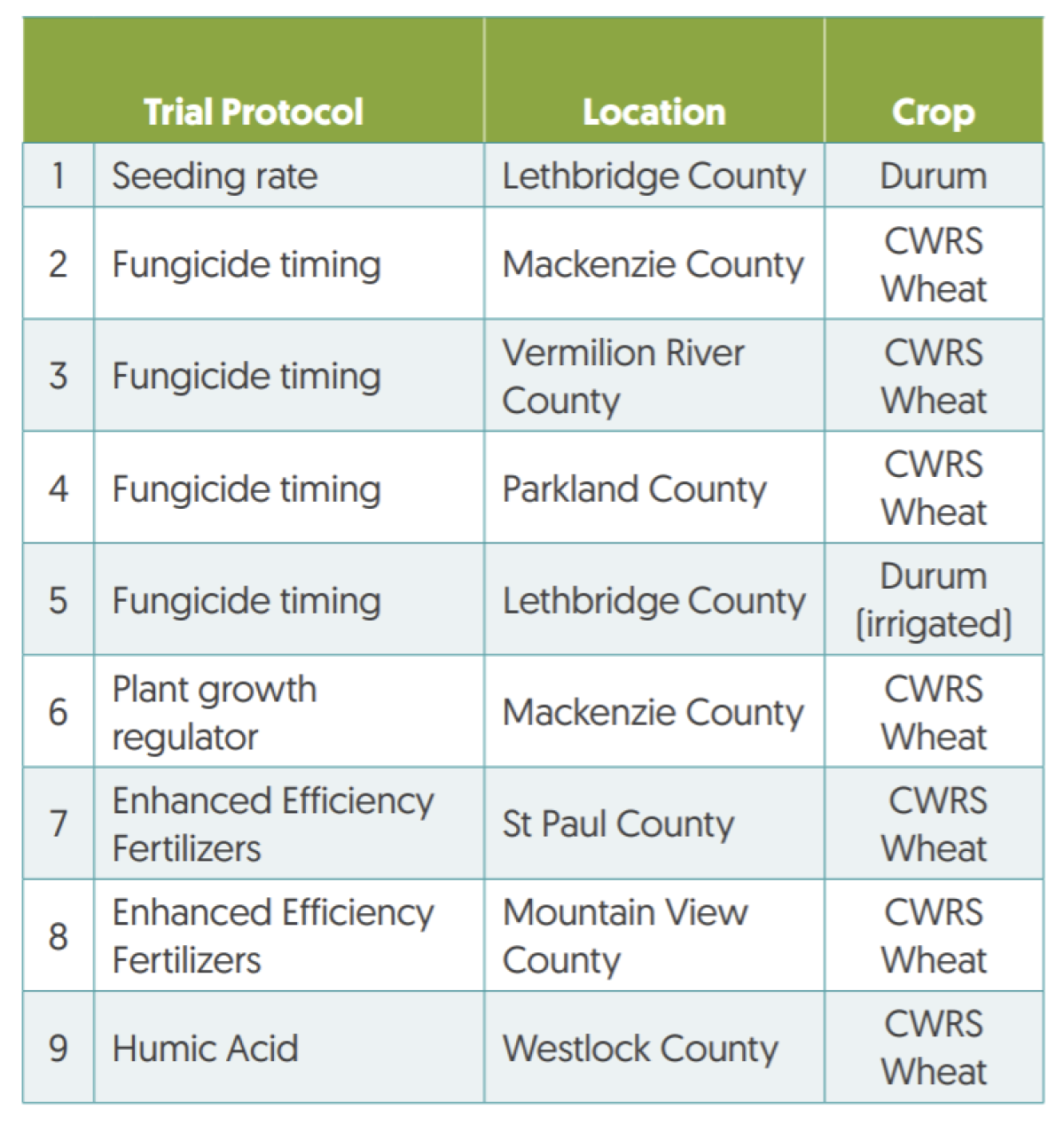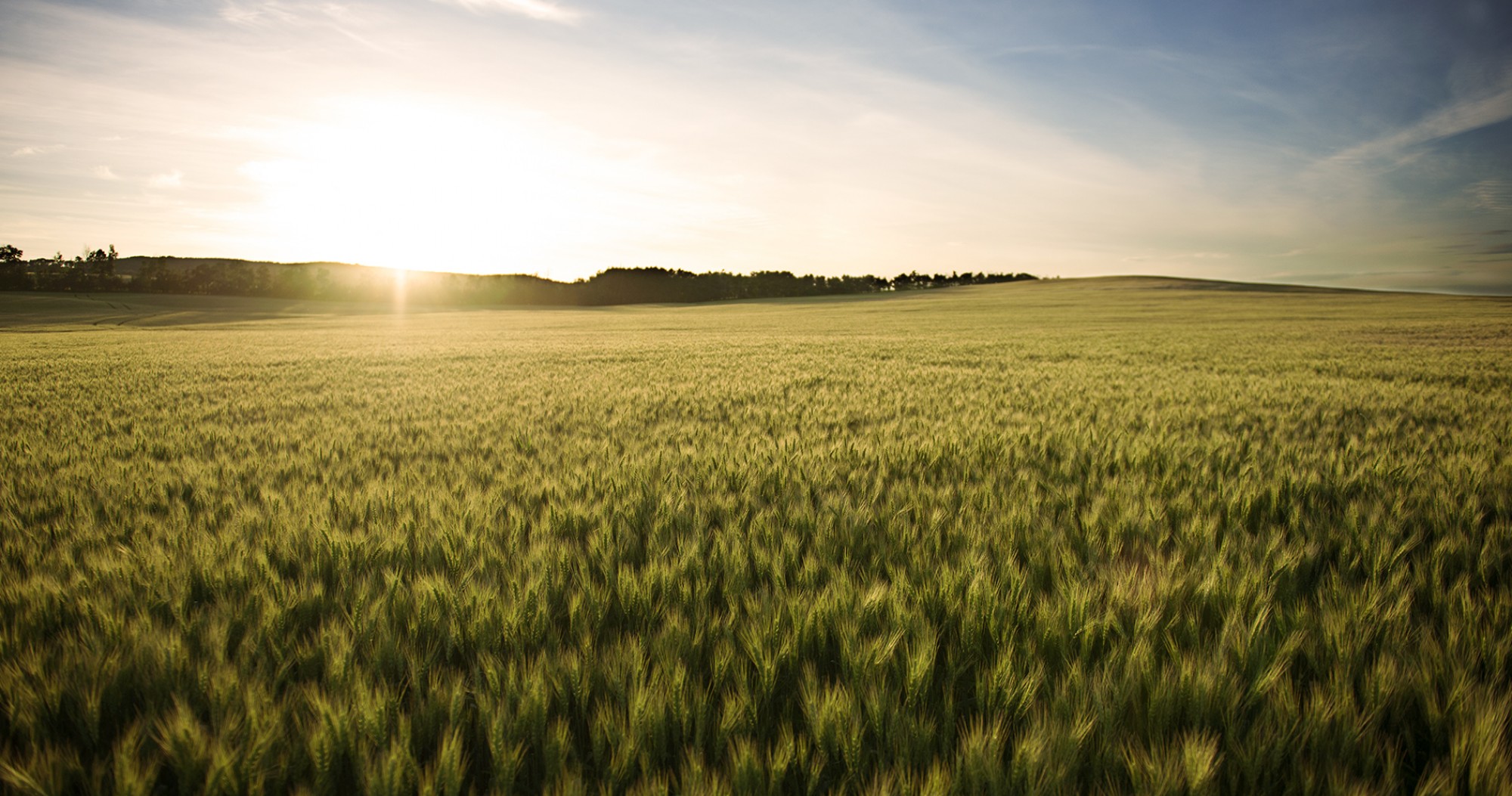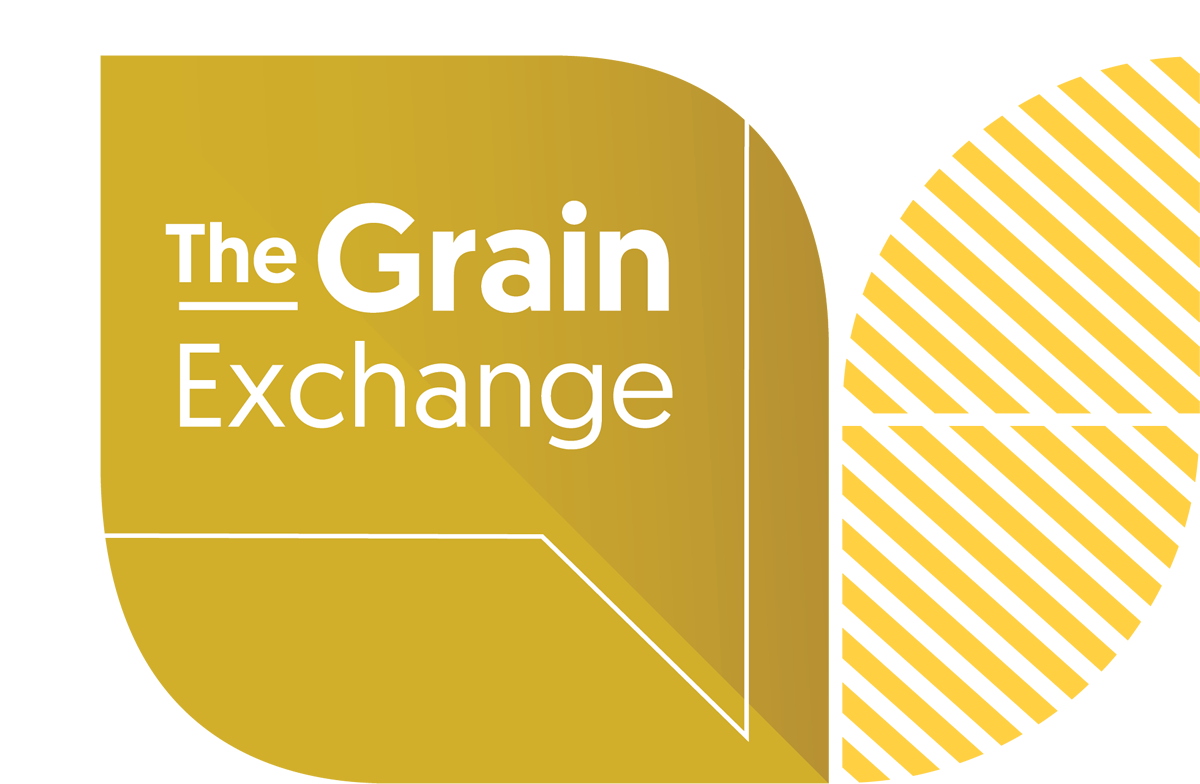Bridging the Yield Gap: How Alberta Grains’ Plot2Farm Program Empowers Farmers with On-Farm Research
What yield or economic impacts do the adoption of different management practices bring to your farm? Would a change in management practice assist in closing the yield gap? These kinds of questions are the reason the Plot2Farm program was formed back in 2020.
Adapted from small plot research, Alberta Grains developed farm-ready research protocols that farmers can implement with the help of an agronomist. The protocols help farmers identify and validate answers to specific research questions and to see whether a management practice change makes sense for their operation.
Research co-funded by Alberta Grains and led by Dr. Brian Beres from AAFC with colleagues at Kansas State University looked at establishing yield gaps in CWRS wheat across the Prairies. Beres suggests that farmers can increase their yields by up to 10% to 40% with improved management. But how do you determine which management practices move the needle? High plant density, balanced fertility, and carefully controlling weeds and diseases get farmers very close already to closing the yield gap.
Theoretical Yield Potential - Actual Yield = Yield Gap
“Over the years I’ve seen the value of properly designed field trials to confirm potential benefits for things like cropping systems, seeding practices, and crop input rates,” says Rob Dunn of FarmWise Inc. “To help with trial design and ensure that treatment differences are valid and not just due to inherent field variability, Alberta Grains has developed a great approach with their Plot to Farm program. The program includes advice with trial design and ensures that an agronomist is available (and compensated) to support the farmer on logistics and field data collection.”
In the 2024 season, through funding provided by RDAR and the Sustainable Canadian Agriculture Partnership grant, Alberta Grains collected data from nine trials through the Plot2Farm program. Although 12 trials had been planned and initiated, 3 trials were lost due to hail or significant lodging issues leading to harvestability impacts. Trials brought forward by farmers across the province included seeding rate, plant growth regulator use, fungicide timing, humic acid rate, and enhanced efficiency fertilizers (Table 1).
BELOW: Plot2Farm trial protocols, locations, and crops grown for the 2024 trial season.

While some trials showed significant differences between treatments in measurements like protein and test weight, yield differences overall were not significant. For example, seeding rate treatments in durum at Stirling targeting 25 plants/ft2 versus 35 plants/ft2 resulted in a protein decrease of 0.4% in the higher seeding rate, although insignificant at the 95% confidence level.
When weather conditions impose significant crop stress, differences between treatments are less likely to be seen. The growing season started off with ample moisture in some areas, but by July, scattered thunderstorms produced patchy precipitation. Some areas were lucky, and some areas out of luck. Precipitation at the Stony Plain fungicide trial equaled 1.3 and 2.17 inches in July and August, respectively. AAC Brandon yield at this trial was 28 bu/ac, compared to 58 bu/ac average in 2023 and 67 bu/ac average in 2022 (AFSC risk area 11). Bushel weight was also low at this location, averaging 56 lb/bu. Further to this point, if a trial is assessing the impact of increasing nitrogen rates and the crop receives only two inches of rain, it is unlikely that the higher nitrogen rate treatments are going to yield higher than the low nitrogen treatments. This alludes to the importance of the yearly environment factor in the genetics by environment by management equation of closing the yield gap. Repeating a trial over multiple years helps address environmental variability and could provide more conclusive data.
How does my regular variety compare to another? What happens if I apply fungicide twice? What is the yield impact of an enhanced efficiency fertilizer? The Plot2Farm program works with farmers’ specific environments and logistics to answer practical questions. There’s a logistical cost associated with on-farm research, but through the implementation of replicated strip trials, farmers can see the results of specific agronomic questions — and the potential costs or benefits — on their own farm. The program addresses the kinds of questions that could potentially bring a farmer to 5% better, or to closing that yield gap.

